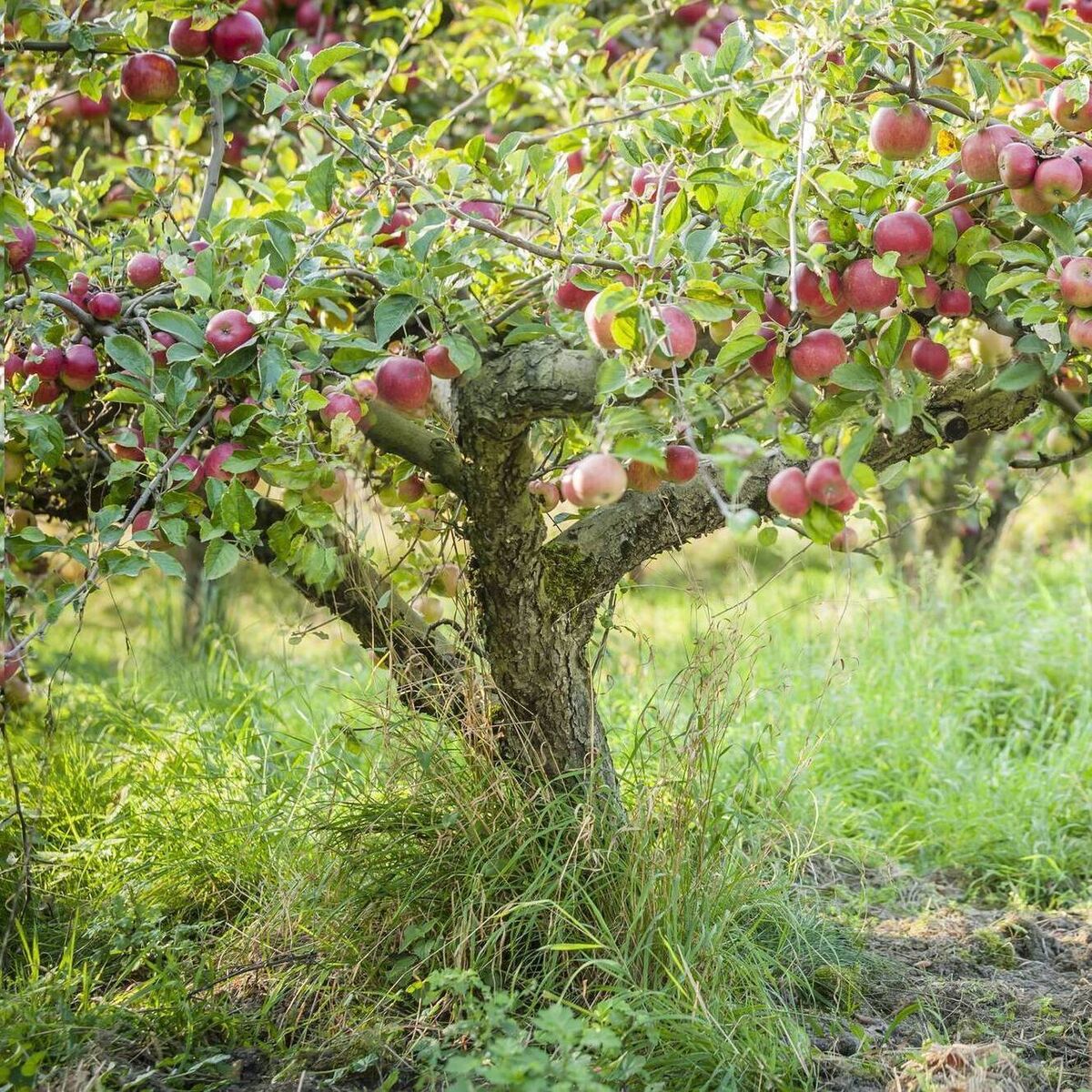By Irishexaminer.com,Peter Dowdall
Copyright irishexaminer

This year though, when she went out into the garden and picked her very first apples from those young trees, the look of delight on her face said it all. There were only about half a dozen fruits but still.
We’re still waiting on the plums, of course, but perhaps she’s learning the gardener’s most important word, patience. I’m hopeful that the sense of magic and wonder of planting a small stick in the ground that becomes a living tree which produces food has taken root in her in the same way that it took root in me half a century ago.
I’m still amazed every day at the magic that happens out there, roots absorbing moisture and nutrients from the soil through microscopic root hairs, using fungi and bacteria to help turn soil and composted waste into leaves and seeds, surrounded by edible fruits.
The wonder of the cell division and the emerging growth daily and how nature’s clock is ticking so the same trees and all the plants in the garden magically know to drop the leaves and go to sleep for the winter. If this isn’t magic, then I truly don’t know what is.
Apples are woven into myth, culture, and tradition in Ireland and Britain in a way few other fruits are. In Irish folklore, the apple tree is one of the three sacred trees, alongside oak and yew. The “silver bough” of apple blossom is often associated with journeys to the otherworld. In Britain, apples feature in wassailing traditions, where cider and song were offered to the orchard to ensure a good harvest.
All over Ireland, there are old apple trees that have stood over fields and gardens for generations. Many are nameless now, their variety forgotten, but still producing fruit each year. The link between orchard and community is clear as apples are the fruit you share with neighbours, the fruit you turn into juice or cider, the fruit that fills a child’s pockets as they run through a garden.
For centuries, rural economies in parts of Ireland and England depended on cider orchards. In Armagh, the Bramley apple has a Protected Geographical Indication (PGI) status, and that region’s identity is inseparable from its orchards.
There are thousands of varieties available and the two trees I planted last year represent two ends of a spectrum. Cox’s is an old English variety, rich, aromatic and full of flavour, beloved by apple aficionados but sometimes tricky to grow as it can be disease-prone.
Discovery is a more modern eater, early ripening, with bright red skin that often bleeds into the flesh. Both bring something different to the garden, and both show children that an apple is not just an apple; each variety has a character of its own.
For cookers, nothing beats the Bramley’s seedling. Heritage varieties such as Ashmead’s Kernel, Egremont Russet, or the Irish Lady’s Finger are treasures worth preserving, with various unique flavours perhaps more interesting than the uniform sweetness of modern cultivars.
For anyone considering planting, it’s worth exploring local nurseries or heritage collections to find varieties that suit your soil and climate.
Many regions had their own apples that thrived in local conditions, and reviving those can be part of keeping gardening rooted in place along with helping to ensure the continuation of a variety.
During September in Clonmel, in Armagh and in villages across the country, the apple harvest is marked with fairs, music, cider tastings, and orchard tours.
Cider is an ancient drink, and in Ireland monastic records mention apple fermentations as far back as the early medieval period. Today, craft cider is undergoing somewhat of a renaissance, with small producers rediscovering the subtleties of single-variety and blended heritage variety ciders.
Planting apple trees
Most apple trees are available as pot grown plants nowadays but autumn and winter are the times to buy bare-root stock, young trees lifted while dormant. They’re cheaper, easier to establish, though less widely available.
Apple varieties are grouped by flowering season, so choose partners that overlap for pollination. Site them in a sunny, open position with well-drained soil.
It is the rootstock upon which the apple variety is grafted that will determine the eventual size of the apple tree. Dwarfing stocks like M26 or M9 keep trees small, while MM106 gives a medium tree suitable for a lawn or orchard. Ask in your local garden centre for information on the eventual height if you’re not sure what you’re looking at.
Plant with the graft just above ground level, stake firmly, mulch, and water in dry spells until established, prune lightly in winter to shape and thin fruit in summer to avoid over-cropping. With a little care, apples are generous and really easy to grow.
I planted those Cox’s and Discovery trees with my daughter, and though we’ll eat the apples, the real harvest is the memory of planting them together and the knowledge that the trees will be there long after the moment has passed.



